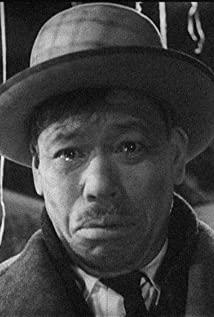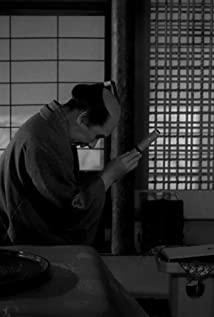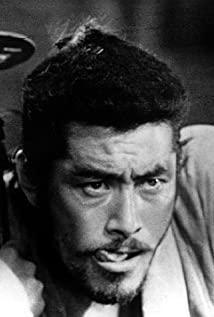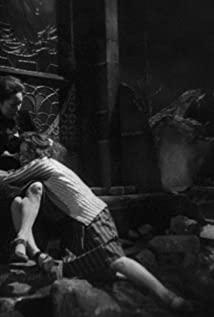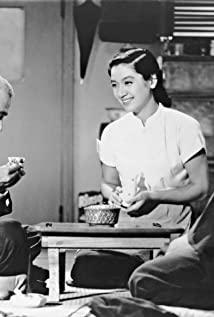Mizoguchi's image style is also perfect in this film. The long-shot lens movement of one shot and one scene and the composition of each picture express the atmosphere of the scene, the social status of the characters and the inner state of the heart just right. A shot not only tells the external plot, but also the internal symbolism. For example, in several scenes in the lord's palace, a group of samurai surrounds A-Chun or closely follows her, implying a strict male-oriented approach. The dominant feudal order imprisoned women, and in such an environment, women could only be in a passive and even humble position. Not only the transmission of meaning, the aesthetic value of Mizoguchi-style photography is also extremely high, and the pictures in many films are like freehand ink paintings. In addition, the sound performance of the film is also very touching. The bleak shamisen and the chants of the woman abandoned by fate tell the tragic reincarnation of fate that cannot be escaped; and several scenes are completely muted, especially at this time, silence is better than sound. On the other hand, the perfection in form cannot cover up the inadequacy of the story. Such a tragic fate can be said to be the story of a woman who has suffered one after another of ups and downs. There is nothing else but the system that lashes out at the root of its misfortune. And the performance of the heroine A Chun is only her gradual despair and self-abandonment. Compared with other works by Mizoguchi, the feminist thinking reflected in this film seems to be a little weaker.
View more about The Life of Oharu reviews







